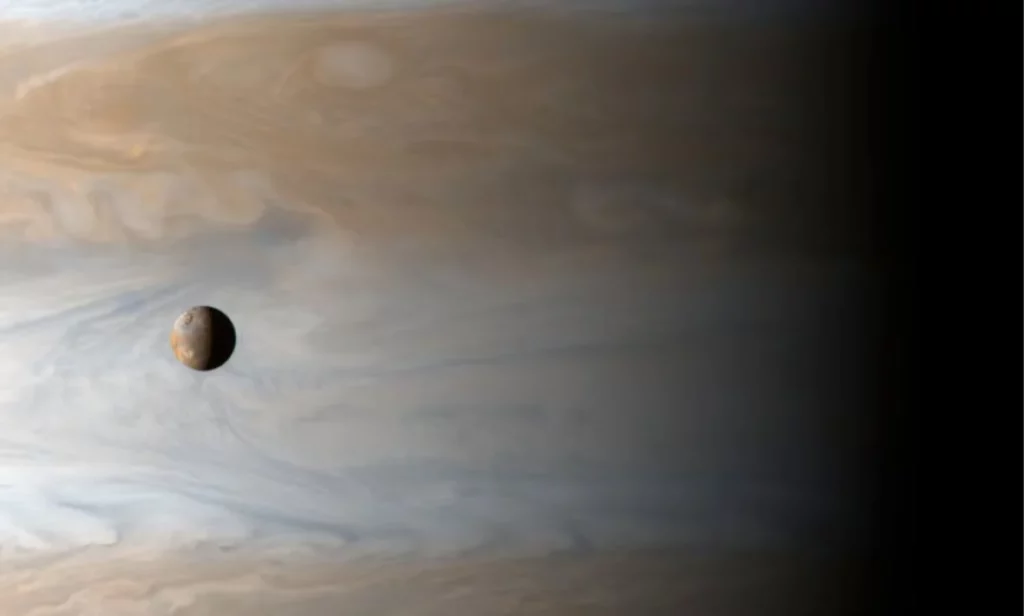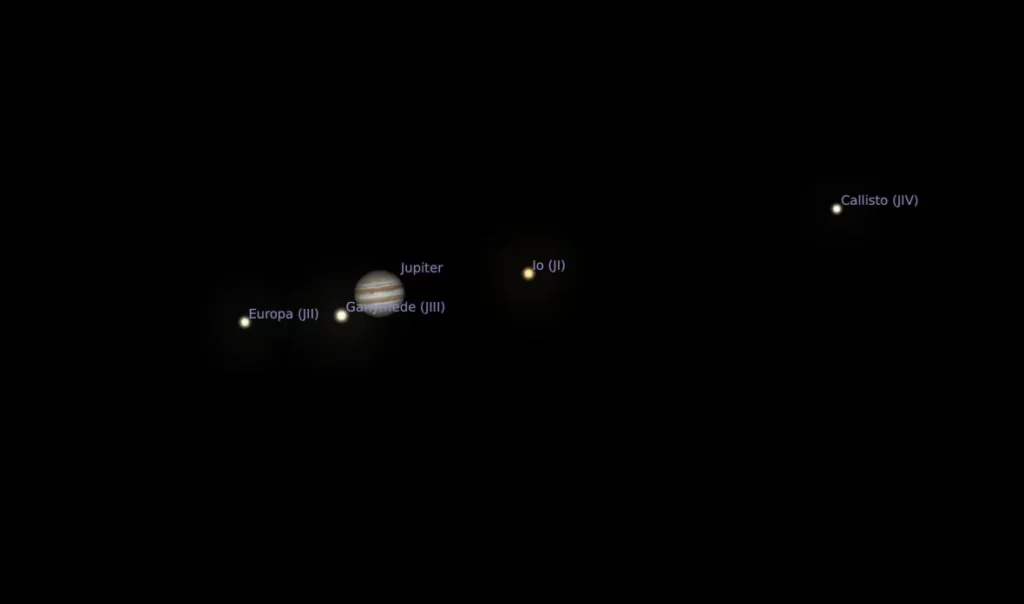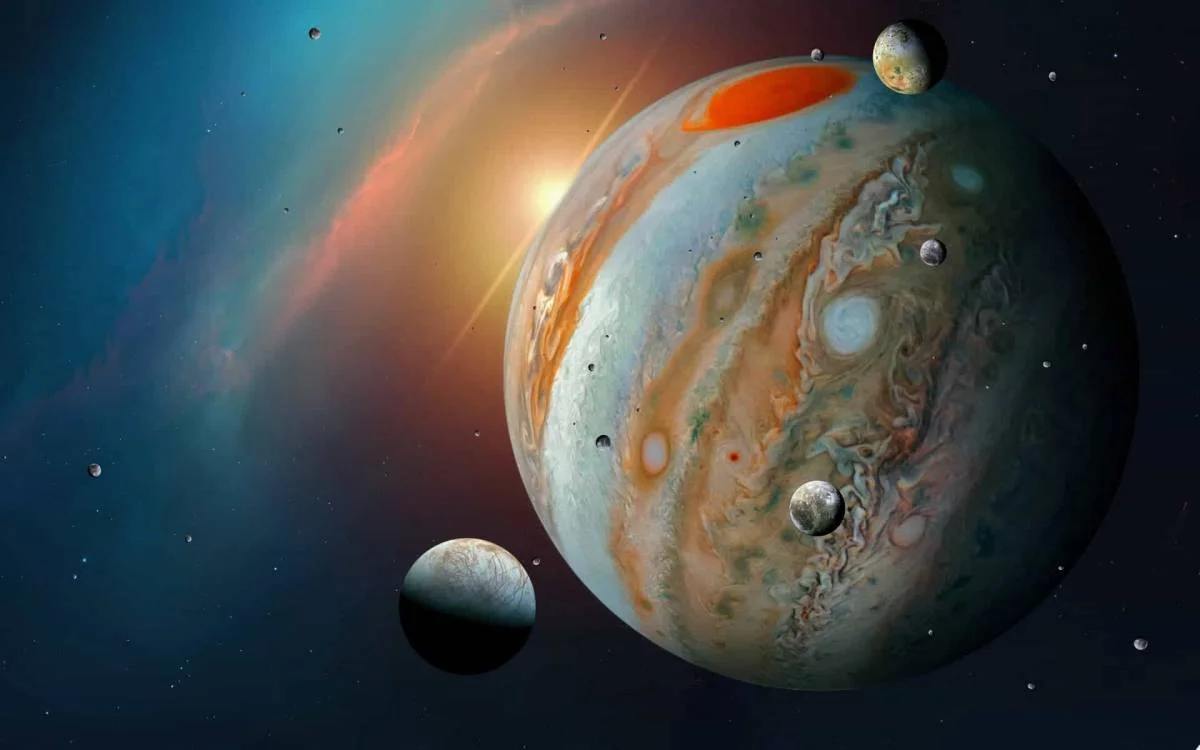Jupiter’s dominance in the number of moons can be attributed to a combination of several factors. Firstly, Jupiter is the largest planet in our solar system, with a diameter of over 86,000 miles and a mass that is more than 317 times that of Earth. This large size gives Jupiter a strong gravitational pull that can attract and retain many smaller celestial bodies, including moons.

According to a recent article from Sky and Telescope, the Minor Planet Centre (MPC), run by the Smithsonian Astrophysical Observatory, has revealed the orbits of the 12 unidentified moons of Jupiter. With these recent discoveries, Jupiter has surpassed Saturn to claim the title of “planet in the solar system with the most moons.”

Another factor contributing to Jupiter’s large number of moons is its location within our solar system. Jupiter is located in an area known as the asteroid belt, where many small objects such as asteroids and comets can be found. As these objects pass by Jupiter, the planet’s strong gravitational pull can capture them and turn them into moons. This process has likely occurred many times throughout the history of our solar system, leading to the accumulation of a large number of moons around Jupiter.
Furthermore, Jupiter’s strong gravitational field also helps to stabilise the orbits of its moons, allowing them to persist over time. This stability means that the moons are less likely to collide with each other or be ejected from their orbits, further contributing to the growth of Jupiter’s moon system.
Overall, the combination of Jupiter’s large size and strong gravity, along with its location within our solar system, make it a natural “hub” for moons. This is why Jupiter has the most moons of any planet in our solar system, with a total of 83 confirmed moons.




